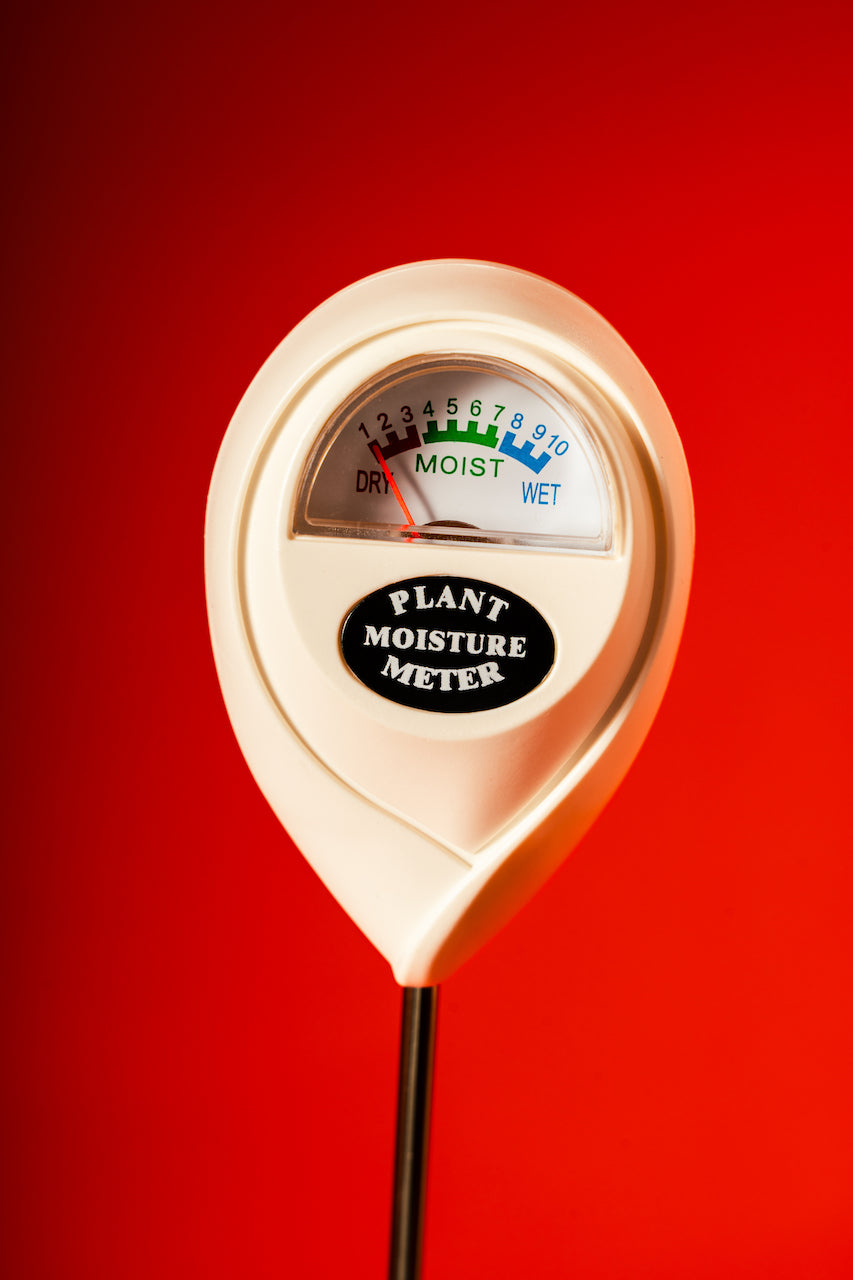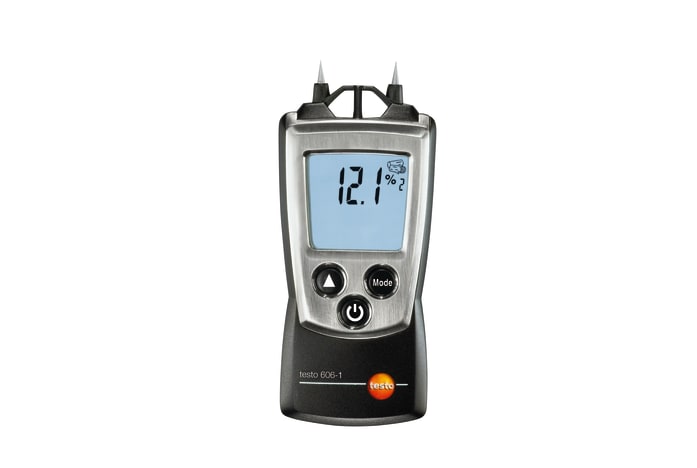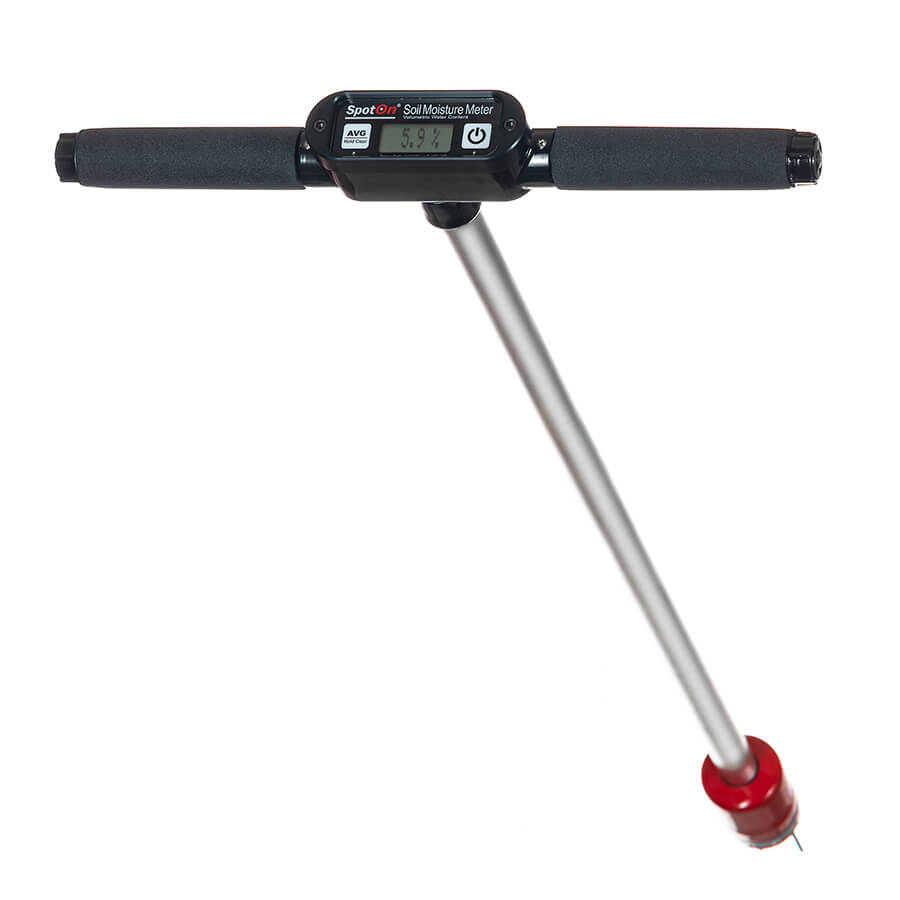How to Use a Moisture Meter to Discover Concealed Water Damage in Your Residential property
How to Use a Moisture Meter to Discover Concealed Water Damage in Your Residential property
Blog Article
Recognizing the Value of a Moisture Meter in Stopping Mold and Water Damage in Your Home
In the world of home upkeep, the presence of dampness can frequently be a silent yet formidable opponent, qualified of creating prevalent mold and mildew growth and insidious water damages if left uncontrolled. Understanding the relevance of a dampness meter in this fight is not simply an option but a critical requirement.
Significance of Moisture Detection
Reliable moisture detection methods are essential for securing residential or commercial properties and avoiding possible mold development and water damages. Dampness can permeate right into various structure products, leading to architectural issues and carcinogen. By utilizing a moisture meter, home proprietors can proactively identify locations susceptible to excess dampness, permitting for prompt treatment and mitigation methods.
Moisture meters offer accurate analyses of moisture degrees in different materials such as timber, concrete, and drywall. This information aids in determining locations of issue, also in hard-to-reach or surprise places. Early discovery of wetness build-up enables timely repair services or modifications to avoid additional damages.

How Moisture Meters Job
Moisture meters play a critical duty in the aggressive identification of excess wetness, aiding in the prevention of potential mold development and water damages by offering precise readings of moisture levels in numerous building products. These devices function based on different concepts, relying on their kind. Moisture Meter. Pin-type wetness meters, for example, have two pins that penetrate the material to determine the electrical resistance in between them. When moisture exists, it enhances the product's conductivity, leading to a reduced resistance reading. Pinless wetness meters, on the other hand, use electro-magnetic sensing units to check the product without triggering damages. These sensors produce electro-magnetic signals that permeate the product and measure the dielectric residential or commercial properties, showing dampness web content. Some progressed dampness meters pin both integrate and pinless modern technologies for detailed moisture detection. Recognizing just how moisture meters function is necessary for timely and precise moisture degree assessments, allowing effective safety nets against mold and water damage.
Detecting Early Warning Indicators
Upon initial examination of a property, acknowledging refined signs of excess dampness comes to be important in the very early discovery of potential mold and mildew development and water damages. Some typical very early caution indications include stuffy odors, water stains on ceilings or walls, peeling off paint or wallpaper, and deformed or stained surface areas. Moldy smells typically indicate the existence of mold or mold, even if no visible indicators appear. Water stains can signal leakages or seepage, while peeling paint or wallpaper might be a result of dampness jeopardizing the bond of these products to the surface area. Warped or stained surfaces, such as buckling floorboards or discolored drywall, are clear signs of water damage. In addition, a boost in allergy signs or breathing problems amongst owners might recommend the presence of mold and mildew due to excess dampness. By promptly recognizing and attending to these early indication, property owners can reduce the risk of substantial mold development and water damages in their properties.
Avoiding Mold Growth
Identifying very early warning indicators of excess dampness within a residential property not just allows timely detection of potential mold and mildew growth and water damage however also offers as a proactive measure in preventing the spreading of mold. To efficiently prevent mold development, it is crucial to attend to any type of sources of wetness quickly.
Checking dampness degrees in areas prone to wetness, such as basements and crawl areas, utilizing a wetness meter can also help in early discovery of elevated wetness levels and potential mold and mildew development - Moisture Meter. By taking positive actions to prevent excess dampness and mold growth, property owners can secure their property and interior air quality.
Advantages of Routine Surveillance
Normal surveillance of moisture degrees in a building can play a critical duty in maintaining a healthy indoor atmosphere and stopping possible mold and water their website damage. By routinely inspecting wetness levels, homeowners can identify any kind of problems promptly and take required actions to avoid mold growth and water damages.
Additionally, normal surveillance allows home owners to track patterns and fads in dampness degrees with time. By establishing a baseline and tracking adjustments, individuals can identify any kind of locations of issue or prospective vulnerabilities in the residential property's framework. This data-driven technique allows targeted interventions and upkeep initiatives to resolve underlying concerns before they intensify into more substantial troubles. Eventually, the constant monitoring of dampness degrees equips homeowners to shield their residential property, protect their health and wellness, and maintain the honesty of their indoor setting.

Verdict

By making use of a wetness meter, residential or commercial property owners can proactively determine areas vulnerable to excess moisture, permitting for timely treatment and reduction approaches.

Checking moisture levels in areas vulnerable to dampness, such as basements and crawl spaces, making use of a dampness meter can likewise help in very early detection of elevated wetness degrees and possible mold development. (Moisture Meter)
Report this page